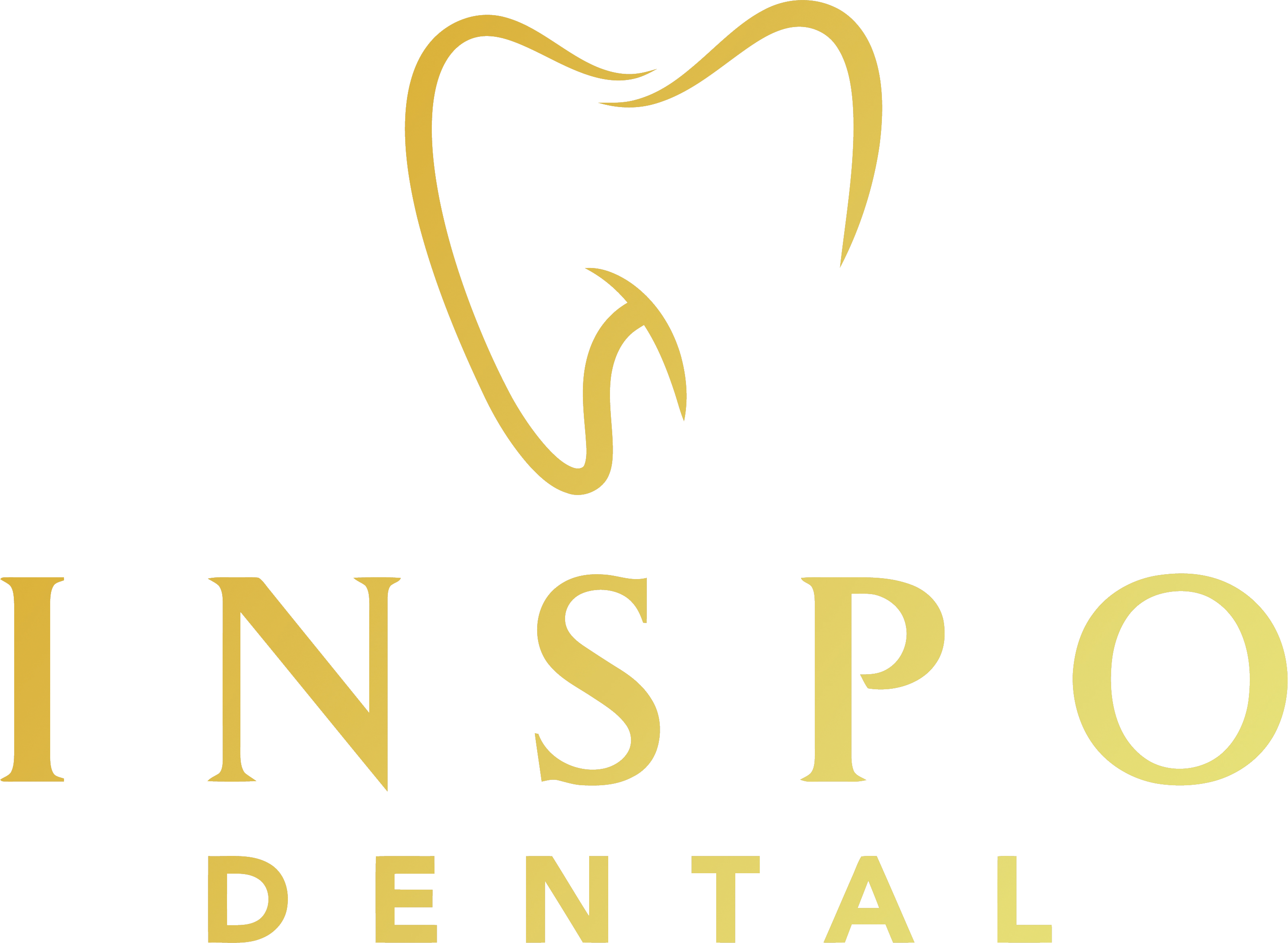Orthodontics
READY TO GET STARTED?
WHAT ARE Orthodontics?
ABOUT ORTHODONTIC PROCEDURES
Orthodontic work is a specialized field of dentistry focused on aligning and correcting the position of teeth and jaws, enhancing both function and appearance. It includes treatments such as traditional braces, clear aligners (like Invisalign), retainers, and other appliances designed to correct misalignment, crowding, spacing, overbites, underbites, and other bite issues. By gradually shifting teeth into proper alignment, orthodontic work helps create a healthy, beautiful smile and supports long-term oral health.
The process begins with a thorough evaluation, where your orthodontist examines your teeth and jaw structure, often using X-rays or 3D imaging to develop a customized treatment plan. Based on individual needs, your orthodontist will recommend the best approach, which may involve traditional metal braces, ceramic braces, clear aligners, or specialized devices. Regular check-ups throughout the treatment period ensure that progress is on track and adjustments are made as necessary.
Orthodontic work provides numerous benefits, including improved bite function, easier oral hygiene, enhanced facial symmetry, and increased confidence. Ideal for patients of all ages, orthodontics addresses dental issues early or corrects misalignment that has developed over time. With proper care, orthodontic treatment offers a lasting solution for a healthier, straighter smile that supports both aesthetics and overall well-being.
THE Orthodontics PROCEDURE

WHAT ARE THE BENEFITS?
Improved Oral Health: Orthodontic treatment corrects misalignments and bite issues, reducing the risk of dental problems such as tooth decay, gum disease, and temporomandibular joint (TMJ) disorders.
Enhanced Aesthetics: Orthodontics straightens crooked teeth, closes gaps, and aligns the bite, resulting in a more attractive smile and improved facial symmetry.
Boosted Confidence: A straight and beautiful smile can significantly enhance self-esteem and confidence, leading to more positive social interactions and increased self-assurance in various aspects of life.
Better Oral Function: Properly aligned teeth and jaws facilitate better chewing and speaking abilities, making it easier to eat a variety of foods and communicate clearly.
Long-term Stability: Orthodontic treatment not only improves the appearance of the smile but also creates a stable and harmonious bite, which reduces the risk of relapse and ensures lasting results with proper maintenance.
Preventive Benefits: Early orthodontic intervention in children can guide proper dental development, preventing more serious orthodontic issues from developing later in life and potentially reducing the need for extensive treatment in the future.
Overall, orthodontic treatment offers numerous benefits that extend beyond aesthetics, contributing to improved oral health, enhanced confidence, and overall well-being.
WHAT TO EXPECT WHEN GETTING ORTHODONTIC WORK DONE?
01
Initial Consultation and Evaluation
- Comprehensive Exam: Your orthodontist will begin with a detailed examination, including X-rays, photos, and possibly 3D scans of your teeth and jaw, to assess alignment and identify issues.
- Treatment Planning: Based on your needs, the orthodontist will recommend a treatment plan, which may include traditional braces, clear aligners, or other orthodontic appliances. They’ll discuss your goals, timeline, and any special considerations.
02
Fitting Braces or Aligners
- For Braces: If you’re getting traditional or ceramic braces, the orthodontist will bond brackets to your teeth and attach an archwire that gradually shifts your teeth. Small elastic bands may also be used to apply additional pressure as needed.
- For Clear Aligners: If you’re using clear aligners, your orthodontist will take impressions or digital scans to create custom aligners that fit snugly over your teeth. You’ll receive a series of aligners, with each one slightly adjusted to guide your teeth into position.
03
Initial Adjustment Period
- Mild Discomfort: It’s common to feel some pressure, soreness, or sensitivity for the first few days after braces are placed or aligners are fitted. This is normal and usually subsides as you adjust to the appliance.
- Diet Modifications: With braces, you’ll need to avoid certain foods that could damage the brackets or wires, such as hard or sticky items. Aligners allow more dietary freedom, but you’ll need to remove them before eating and drinking anything but water.
04
Regular Adjustments and Check-Ups
- Monthly or Bi-Monthly Appointments: For braces, you’ll visit your orthodontist periodically for adjustments, which may include tightening the wires or changing elastic bands. These adjustments apply steady pressure to continue moving your teeth.
- Aligner Changes: With clear aligners, you’ll change to a new set every 1–2 weeks as directed. Each set is designed to bring your teeth closer to the desired alignment.
- Monitoring Progress: Regular check-ups allow the orthodontist to monitor progress and make any necessary adjustments, ensuring the treatment stays on track.
05
Oral Hygiene and Maintenance
- Cleaning with Braces: Brushing and flossing become more critical with braces to prevent plaque buildup around brackets. You may receive special tools like interdental brushes or floss threaders to clean around the wires and brackets effectively.
- Aligner Care: Aligners need to be cleaned daily to prevent discoloration and odor. You’ll remove them to brush your teeth as usual, and it’s important to keep the aligners clean to maintain oral hygiene.
06
Addressing Minor Discomfort or Issues
- Managing Discomfort: Some adjustments may cause mild discomfort for a few days. Orthodontic wax can be used to cover any areas where the brackets or wires may rub against your cheeks or lips, and over-the-counter pain relievers can help alleviate soreness.
- Fixing Loose Brackets or Wires: Occasionally, brackets or wires may come loose, especially after eating certain foods. Your orthodontist will provide instructions on what to do, and you may need to schedule an appointment for adjustments if necessary.
07
Completion and Removal of Braces or Aligners
- Removing Braces: When treatment is complete, your orthodontist will carefully remove the brackets and clean your teeth, polishing away any adhesive. This is a quick and pain-free process.
- Finishing with Aligners: Once you’ve completed all sets in the aligner series, your orthodontist will ensure that your teeth have moved to their final positions.
08
Retention Phase and Aftercare
- Fitting a Retainer: After orthodontic treatment, wearing a retainer is essential to keep your teeth in place. Your orthodontist will create a custom retainer, which may be a fixed (bonded) retainer or a removable one.
- Retainer Wear Schedule: Initially, you may need to wear your retainer full-time, transitioning to night-only wear. Regular retainer wear helps maintain the results of your orthodontic work.
09
Long-Term Care and Follow-Up
- Routine Dental Visits: Continue regular dental cleanings and exams to keep your teeth and gums healthy. Your orthodontist may recommend occasional check-ups to ensure your teeth remain aligned.
- Retainer Maintenance: Proper retainer care and periodic adjustments help retain your smile alignment for years to come.
WHAT ARE THE BENEFITS OF ORTHODONTIC WORK?
Improves Overall Oral Health
Enhances Aesthetic Appearance
Corrects Bite Issues
Prevents Tooth Wear and Damage
Supports Long-Term Jaw Health
Improves Speech and Pronunciation
Eases Eating and Digestion
Prevents Future Dental Problems
Boosts Self-Confidence and Mental Well-Being
Reduces the Risk of Tooth Injuries
Supports Bone Health and Structure
Improves Breathing and Reduces Sleep Issues
Reduces the Likelihood of Developing TMJ Disorders
Customized Treatment for Individual Needs
Improves Functionality and Comfort of the Mouth
Better Oral Hygiene with Fewer Complications
Provides Long-Term Results with Proper Care
Addresses Congenital Issues and Developmental Concerns
Cost-Effective in the Long Run
Supports Better Lifestyle Choices and Habits
HOW TO KNOW YOU NEED ORTHODONTIC WORK?
01
Crooked or Crowded Teeth
02
Difficulty with Oral Hygiene
03
Overbite or Underbite
04
Crossbite
05
Open Bite
06
Speech Difficulties or Lisps
07
Gaps Between Teeth
08
Jaw Pain or Clicking Sounds
09
Difficulty Chewing or Biting
10
Teeth Grinding or Clenching (Bruxism)
11
Frequent Mouth Breathing or Snoring
12
Difficulty Closing Lips Completely
13
Jaw Misalignment or Facial Asymmetry
14
Tooth Wear or Enamel Erosion
15
Visible Shift or Movement in Teeth
16
Family History of Misalignment or Bite Issues
17
Desire for a More Confident Smile
18
Headaches Related to Jaw or Bite Issues
19
Protruding Front Teeth
20
Early Signs Noticed by a Dentist or Orthodontist
Consulting with an Orthodontist
Featured
REVIEWS
Inspo Dental exceeded my expectations! The team's professionalism and attention to detail made my teeth-whitening experience truly exceptional. I now smile with newfound confidence. Thank you, Inspo Dental!
As a healthcare professional, I value expertise and personalized care. Inspo Dental provided both seamlessly. From my comprehensive check-up to restorative work, their commitment to excellence is unmatched.
Inspo Dental is my go-to for family dental care. The team's friendly approach and commitment to creating a positive environment make dental visits stress-free. My kids actually look forward to their check-ups!
The precision in orthodontic care at Inspo Dental is remarkable. I opted for clear aligners, and the results speak for themselves. The team's expertise and dedication to my smile transformation were truly inspiring.
Contact
Inspo Dental
146 Maple Avenue
Red
Bank, NJ 07701
Hours Of Operation:
Monday 9:00am – 7:00pm
Tuesday 9:00am – 6:00pm
Wednesday Closed
Thursday 9:00am – 6:00pm
Friday 9:00am – 5:00pm
Saturday Closed
Sunday Closed


